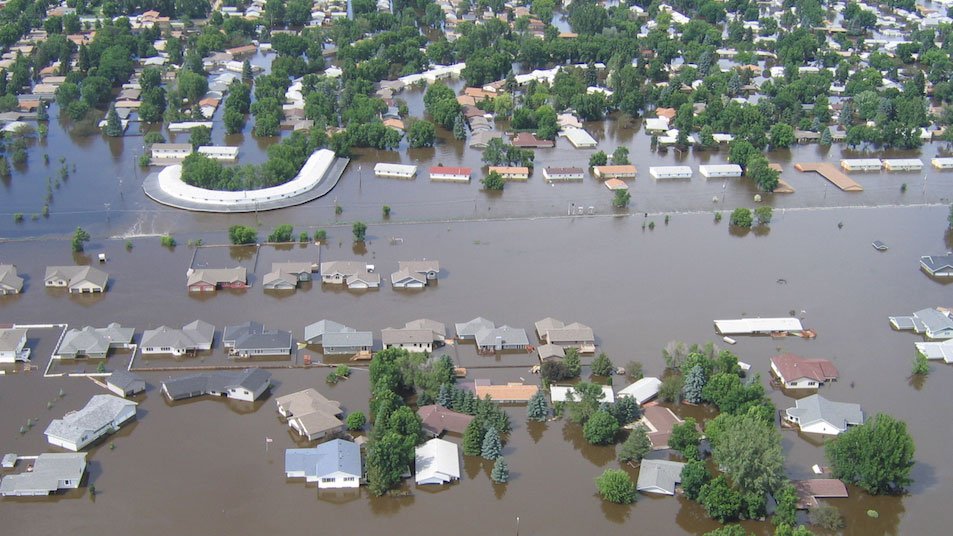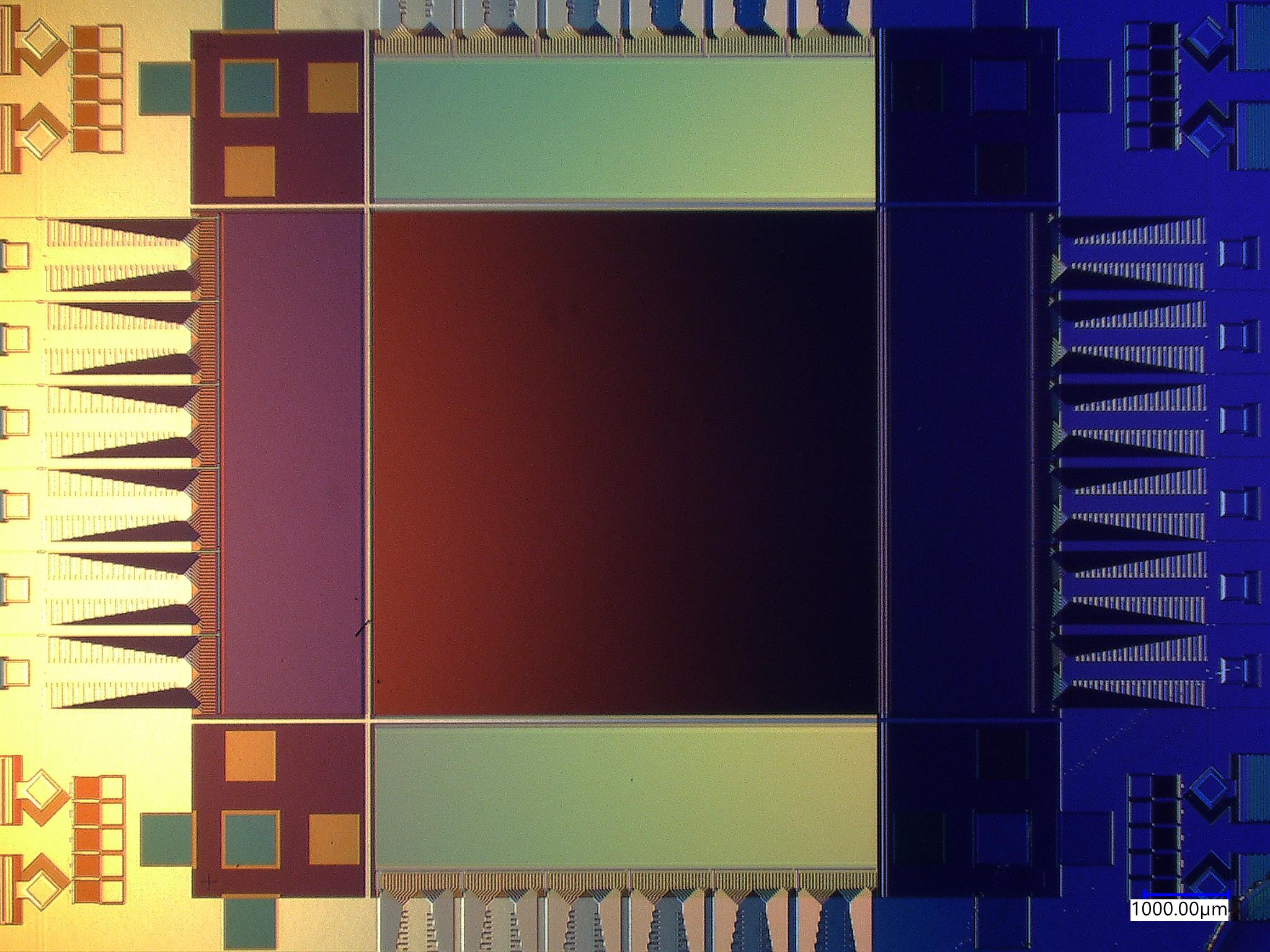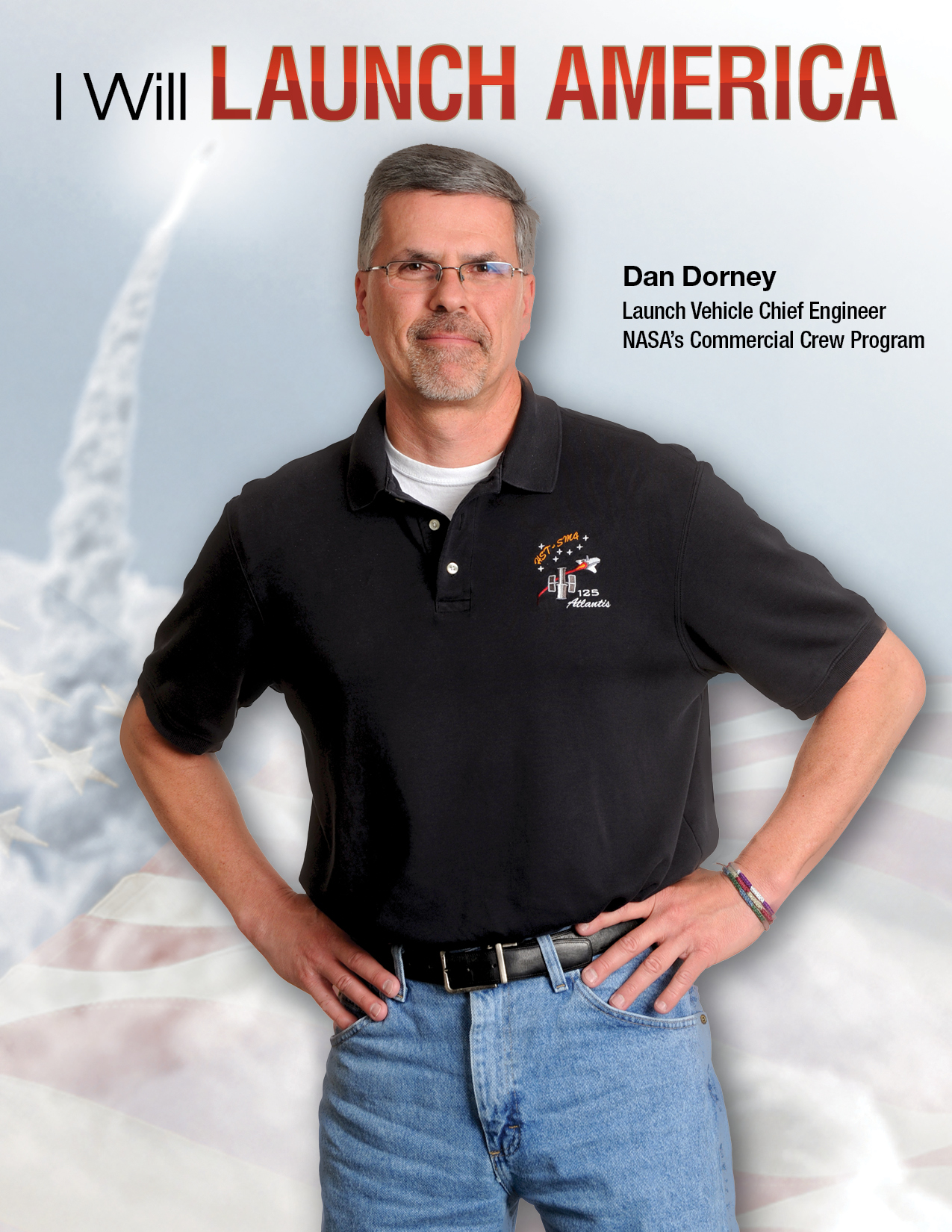By Bill Hubscher
NASA’s Marshall Space Flight Center
NASA’s Dan Dorney has never been afraid to think big.
As a 7-year-old boy growing up in Kalamazoo, Michigan, in 1969, Dorney watched the Apollo 11 moon landing from his living room and decided he needed to build his own rocket. He sent a letter to NASA asking how to do that. Much to his parents’ surprise, he got a response – NASA sent him plans to build a simple model rocket. Which he immediately rejected.
“I wanted the real wiring schematics and engine plans,” Dorney says. “I wanted to build my own life-size rocket to go to the moon. I was ready to be an aerospace engineer.”
Today, Dorney is living his dream as part of the team certifying the first American commercial launch vehicles that will take astronauts to the International Space Station. He is the launch vehicle chief engineer for NASA’s Commercial Crew Program. While Dorney’s office is at NASA’s Marshall Space Flight Center in Huntsville, Alabama, he is often on the road working closely the commercial crew providers that are currently building vehicles for upcoming crew launches to the International Space Station. This means collaboration with United Launch Alliance at facilities in Decatur, Alabama, where they are building the Atlas V rockets that will launch Boeing’s CST-100 Starliner spacecraft being built at NASA’s Kennedy Space Center in Florida and to SpaceX in Hawthorne, California, where they are building the Falcon 9 launch vehicle and Crew Dragon spacecraft.
Dozens of systems are involved in the design, construction and successful launch of a new vehicle. ULA’s Atlas V and SpaceX’s Falcon 9 currently only launch satellite and cargo resupply missions to the space station. Right now, those rockets are not rated to carry humans.
To certify the rockets to safely carry astronauts, Dorney is helping to guide the team making adjustments to the existing and proven technologies. The Commercial Crew Program learns something new about these designs every time one of the unmanned rockets flies, evaluating the vehicle data in partnership with NASA’s Launch Services Program.
“We are re-evaluating every technical aspect of both rockets to ensure they are capable of meeting our requirements to safely launch humans,” Dorney says. “These are two very different vehicles, each with unique technical challenges.”
These challenges mean the commercial crew launch vehicle team pores over reams of data about propulsion, structural integrity, avionics, mechanical systems and software. It’s a major responsibility that Dorney and his team do not take lightly.
“We need to be knowledgeable about the entire vehicle because it is carrying valuable cargo in the form of our astronauts,” Dorney says. “Rating a rocket to carry humans is not easy, but I work with people who are fiercely intelligent, highly motivated and dedicated experts.”
Dorney still vividly recalls his childhood excitement watching NASA astronauts on the surface of the moon. He was determined to become one of those experts who make spaceflight possible. A year after the lunar landing, the Michigan grade-schooler took the plans NASA sent to him, and built his first model rocket. In the process, the 8-year-old scorched his parents’ picnic table “launch pad” and punched a hole in a patio umbrella during “re-entry.” The neighbors were amused, but his father, while encouraging, preferred Dorney pursue his dream and learn valuable science lessons without destroying the outdoor furniture.
He enrolled at the University of Illinois at Urbana-Champaign, earning a bachelor’s degree in aeronautical and astronautical engineering in 1985, and a master’s degree two years later.
It was while waiting impatiently for a computer workstation to come open so he could conduct a search at the United Technologies Research Center in East Hartford, Connecticut, that he met someone with his same aerospace passions. The person who finally let him use the shared computer was Suzanne Miller, whom he married in 1991.
After earning his doctorate in 1992 in aerospace engineering from the Pennsylvania State University in State College, the newlyweds spent the next few years looking for places where they could both work in their chosen field.
Finally, in 2000, a call came for both of them to join the Applied Fluid Dynamics branch working on, among other efforts, the Space Shuttle Main Engine Program at Marshall.
Dorney has never looked back, considering his work at NASA his true calling. He has vivid memories of watching shuttle launches at Kennedy.
“I remember feeling the power and vibration from the thrust of those engines,” Dorney says. “I had a tremendous sense of pride and humility in the presence of that awesome power. It was everything I dreamed it would be.”
Dorney taps into that experience of working on a human-rated space vehicle to manage the resources and technical team that will return the capability of flying humans from American soil. His goal is a consistent schedule of human spaceflight to the space station and, eventually, regular flights beyond low-Earth orbit.
He embraces his responsibility not only to the astronauts, but also to his colleagues on the team.
“I’ve always loved spaceflight,” Dorney says. “NASA has a rich history and I want to live up to what some of the brightest minds in this nation have accomplished at NASA, and that includes some of the people I work with now. I love being part of the team that explores our solar system and I look forward to sending humans on the journey to Mars.
“There is literally nothing else I would rather be doing.”



























